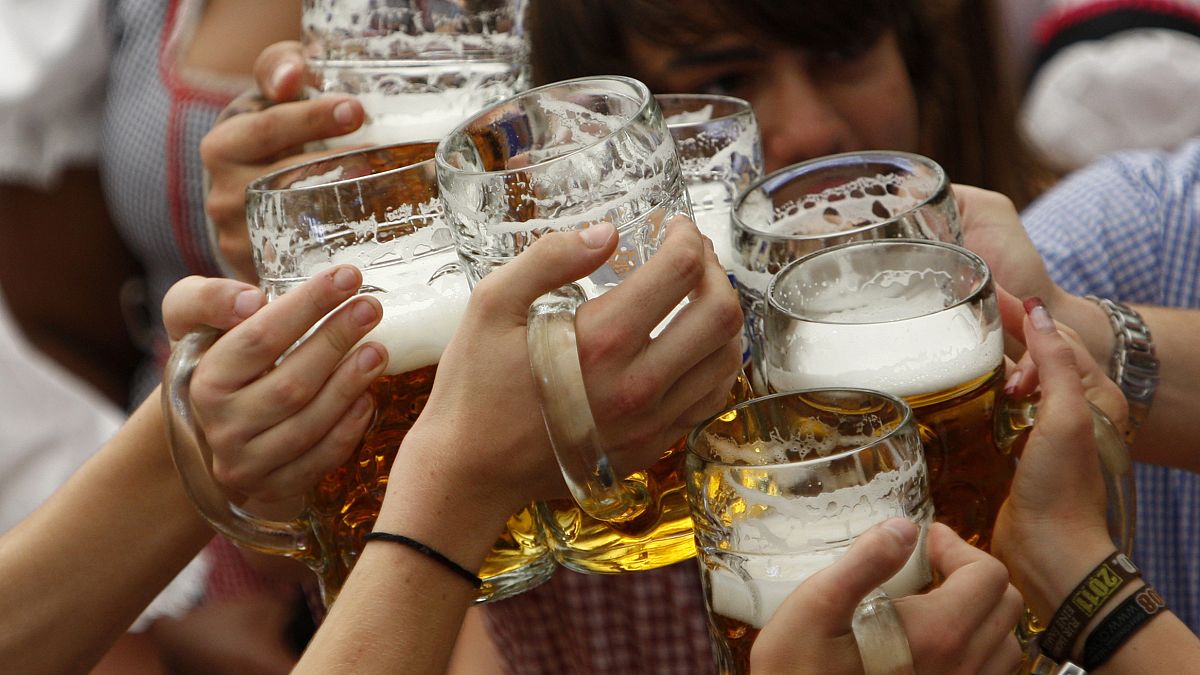Social position—defined by household income and job role—is linked to food delivery preferences in England, suggests an analysis of consumer research published in the open access journal . Affluent households are twice as likely as less well off ones to shop online for groceries, while households in lower social grades are up to twice as likely to use food delivery apps for take-away meals. And users of these apps are more likely to be living with obesity, the findings indicate.
Digital on-demand technology has rapidly and dramatically reshaped and delivery, making grocery and prepared take-away meals more accessible and convenient, and increasing the range of options available, note the researchers. But previous research suggests that while buying groceries online is associated with healthier food choices, use of online take-away food delivery apps is rather less so. This prompted the researchers to explore the impact of the ongoing changes to food retail.

In particular, they wanted to look at the extent to which the use of online food delivery services might be informed by indicators of —income and job role–and whether use of these services is associated with healthy or unhealthy weight. They accessed data from a large consumer panel previously used in the Transport for London Study, which evaluated the impact of the removal of high fat, salt, and sugar foods advertising on the Transport for London network. This entailed analyzing food and drink purchase records and a survey of a representative sample of 1,521 households in London and the north of England on the method of their daily food and drink purchases and their self-reported use of food delivery apps for prepared take-away meals in February 2019.
Social position was characterized as both and the social grade of the household's main food shopper's job role, and classified as: high; middle-high; middle-low; and low. Self-reported annual household income was measured in three bands of: £0–19,999; £20,000–49,999, and £50,000 or more. Data on weight (BMI) were available for 1,245 (82%) households, and classified as combined underweight and healthy weight below 25; overweight 25–29.
9; and obese 30 and above. Analysis of the purchase records showed that in February 2019, nearly 16% of households bought groceries online at least once; while survey responses revealed that 13% had used take-away food delivery apps in the past seven days; and 3.5% said they had used both services.
After accounting for potentially influential household factors, such as age and composition of the residents, households with the highest incomes were twice as likely to buy groceries online as those with the lowest income. But there was no association with social grade. And while the use of food delivery apps wasn't associated with income, it was associated with social grade after accounting for potentially influential factors such as age, sex, and educational attainment.
Those in the lowest social grade had more than double the odds of using these apps as those in the highest; those in the middle-low social grade had 69% greater odds of doing so. Social inequalities in the use of online food delivery services and associations with weight status: cross-sectional analysis of survey and consumer data, (2024)..


















